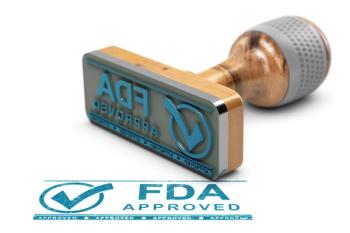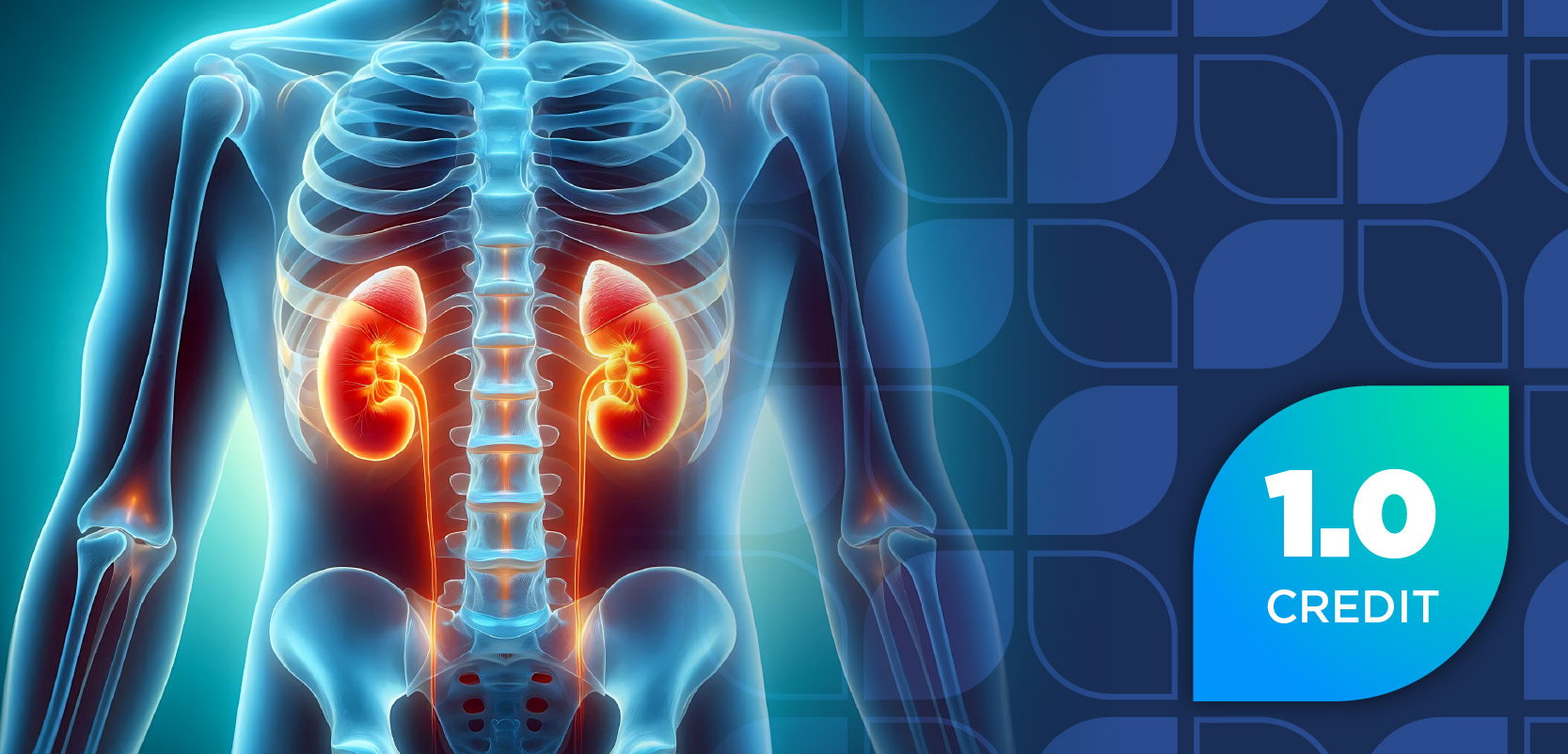
Can Polypills Better Prevent Cardiovascular Disease?
The pros and cons of fixed-dose combination therapy first became major media news in 2001 when a World Health Organization expert panel proposed polypill use for noncommunicable diseases.
The pros and cons of fixed-dose combination therapy first became major media news in 2001 when a World Health Organization (WHO) expert panel proposed polypill use for noncommunicable diseases.
In a public statement, the WHO panel announced that “the use of a single pill could well encourage patients to adhere to treatment as well as seriously reduce the cost of the drugs.” One specific polypill target was cardiovascular disease (CVD), given the belief that combining fixed doses of an antiplatelet, blood pressure—lowering, and cholesterol-lowering medications might reduce adverse cardiac outcomes.
The November 2014 issue of JAMA discussed the accumulating evidence in support of polypills for CVD in a clinical evidence synopsis. The authors discussed a recent review that analyzed collective data from 9 randomized, controlled studies involving a combined total of more than 7000 patients with an average age range between 52 and 62 years.
The polypills tested in the studies contained a variety of medications and doses, but they generally included aspirin, antihypertensives, and lipid-lowering agents. The studies included in the analysis were designed to compare the polypill to placebo, usual care, or active comparator.
The results were striking:
· Participants who received polypills experienced systolic blood pressure decreases of 13.4 mmHg on average, versus 6.3 mmHg in comparator groups.
· The polypill intervention group had a mean decrease in total cholesterol of 33.3 mg/dL, while the comparator group had a mean decrease of 4.3 mg/dL.
· Adherence rates were significantly higher in the polypill group at 15 months.
However, patients who received the polypill experienced more adverse events (30%) than those in the comparator groups (24%)—a 19% increase in risk. The most common adverse events across all participant groups were increased liver chemistries, cough, and myalgias.
“Clinical practice guidelines have adopted blood pressure—lowering combination therapy for hypertension management, but we do not know of any guidelines that recommend polypills for CVD prevention,” the authors wrote. “Ongoing trials of polypills will likely inform end points of all-cause mortality, fatal and nonfatal CVD events, quality of life, and costs, which may inform future regulatory decisions and guidelines.”
Newsletter
Stay informed on drug updates, treatment guidelines, and pharmacy practice trends—subscribe to Pharmacy Times for weekly clinical insights.


















































































































































































































